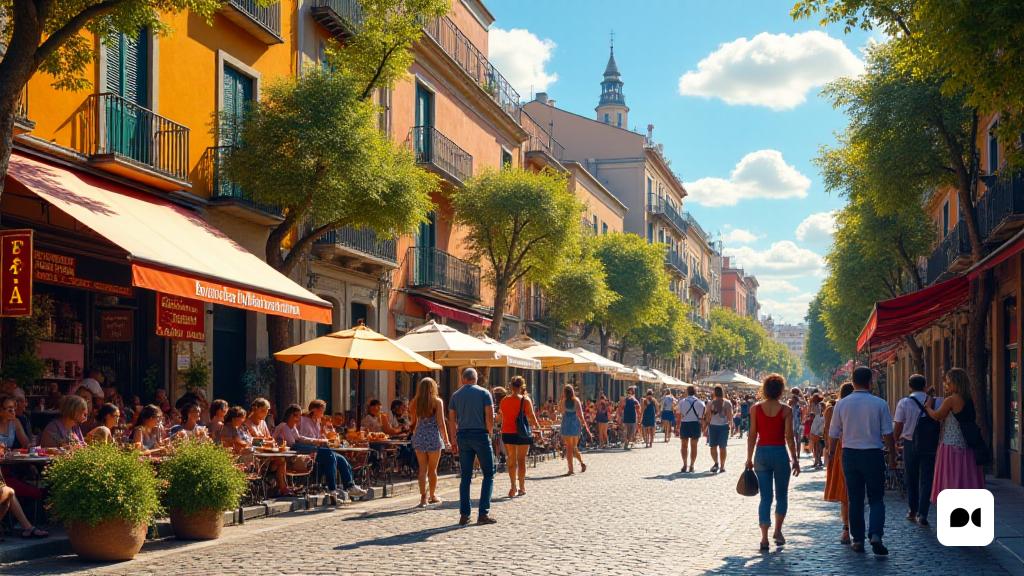The impact of the name change
Recently, the decision to modify the name of the Gardens of Mossèn Cinto Verdaguer has aroused intense debate among various sectors of society. The new nomenclator who eliminates the reference to the priest has been considered by many as an attack on the memory of one of the most beloved poets in Catalonia.
A reaction to secularism
The phenomenon of postmodern secularism has led to an opposite reaction in which the figure of Verdaguer, a man of faith, is shifted by an approach that aims to clean the public space of religious references. The entities that have promoted this change seem to ignore that their work and identity are intrinsically linked to their ecclesiastical role.
The role of cultural entities
According to recent reports, various institutions such as the Verdaguer Foundation and the Barcelona History Museum have supported the proposal to rename the gardens. However, its justification seems more like a smoke curtain to hide a deeper agenda that seeks to suppress the figure of the priest.
Verdaguer’s identity as a poet and priest
It is important to remember that Jacint Verdaguer is known not only for his poetic work, but also for his contribution to Catalan culture as a priest. The duality of his identity should not be seen as an obstacle, but as a source of enrichment for his figure.
The importance of the name ‘Mossèn Cinto’
The title of Mossèn Cinto is not a simple nickname; It is a symbol of popular recognition. In addition, his elimination of the name of the gardens not only impoverishes his memory, but also ignores the way the people knew and loved him.
A controversial change and its consequences
The name change, which some see as a necessary modernization, in fact reflects a worrying tendency to rewrite history and to eliminate references that do not fit into a certain speech. This action could open the door to future reviews of streets and squares, with the rich cultural heritage that Catalonia has built over the years.
The danger of cultural censorship
The censorship of the term ‘priest’ is not only a change of nomenclature; It is a reflection of an ideology that seeks to eradicate any vestige of religion in public space. This attitude not only reduces cultural diversity, but can also have long -term consequences in the way future generations perceive their history.
Looking to the future
As society progresses, it is essential to maintain an open dialogue on cultural heritage and its representation. The figure of Mossèn Cinto Verdaguer must be preserved in all its complexity, recognizing both his religious and literary legacy. Only in this way can we build a future that respects the richness of our history.

